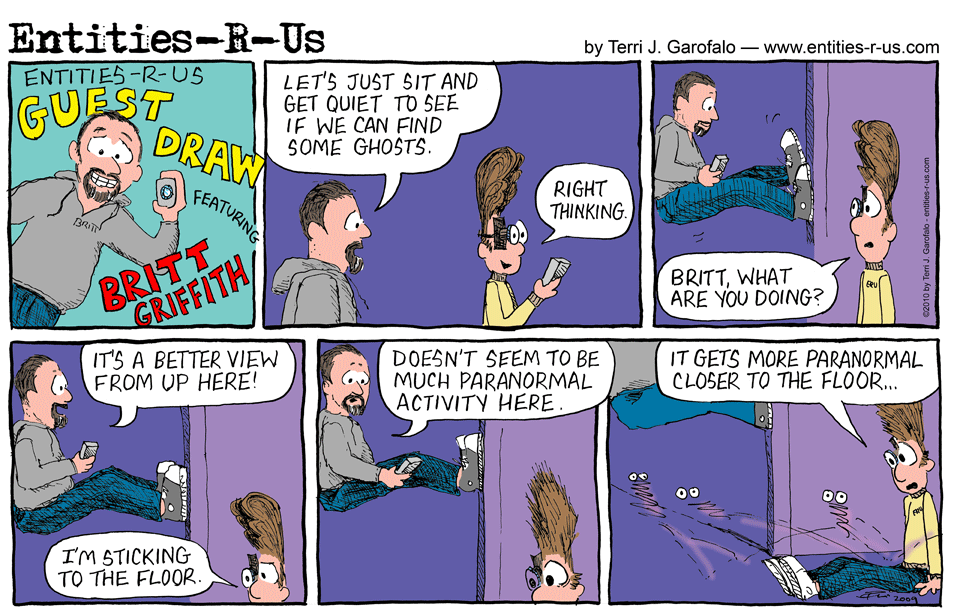

We wouldn’t be infamous if we weren’t able to deliver the product.”Ī sly grin. “Every year it’s got more crazy, more aggressive. “We were pretending to cut hair but YouTube critics said, yah, fake, so thanks to the naysayers we had to ramp it up and bring more reality to it,” he recalls. Gradually they became rougher, for adults only, with the host filming and posting the results online. His single-storey detached house started hosting Halloween haunts for children about 15 years ago. “It’s survival horror boot camp,” says McKamey, who spent 23 years in the navy and still sports a buzz cut. It generates anxiety, fear, revulsion and, eventually, relief. It’s really hard to get emotions out of people.” It’s about creating a cinematic experience and making people feel they’re living their own horror movie. “Everyone is so blasé about what happens in the world. When I first interview McKamey in his office, a cramped room cluttered with horror memorabilia, he is in marketing mode. The svengali is Russ McKamey, a hale, hearty showman who moonlights as a wedding singer, flashes toothy smiles and uses words like “rascal” and “critter”. That can be an issue when you’re being being bound, masked and held under water, slapped and stomped on, and compelled to eat your own vomit.Īctors from McKamey Manor force Beth Hipple to do sit-ups while they take her hostage. It’s the only one where you don’t decide when to quit,” he says. It is also unique in not having a safe word, says Jon Schnitzer, who is making a documentary about extreme haunts. It operates as a nonprofit, taking just a handful of visitors each weekend and accepting payment only in dog food.

McKamey Manor, in contrast, does not make money. If things get too disturbing, punters yell a contractually stipulated “safe word” to exit the fantasy. The pioneer, Blackout, has staged slick events in New York, Chicago, Los Angeles and San Francisco. Less well known is this boom in “extreme haunts” in which people sign liability waivers and pay more than $40 to stumble through dark, dungeon-like places where actors grab and manhandle them to amplify the frights. Modern audiences demand extremes torture porn franchises such as Saw and Hostel have now migrated to the mainstream. “I’m going to tear that girl apart,” says Lawrence, indignant. Today, Lawrence is especially motivated because one of the “victims” is a 44-year-old woman named Christina Buster who, for reasons best known to herself, spent the past year taunting Lawrence and his colleagues on Facebook by branding them as inept and feeble abusers.Ĭhristina Buster reading the waiver: ‘There will be no safe word.’ Photograph: Mae Ryan/The Guardian
#THE GUEST HAUNTED WHEN THE MINUTES DRAG HOW TO#
The actors were never told what to do in certain situations, for example how to properly approach someone who is having a panic attack or loses consciousness,” one wrote. If actors weren’t aware of these consequences and possible life-threatening situations, it’s fair to say that they had no idea what they were doing. “The possible consequences such as dry drowning or possible damage to lungs were never explained. A writer on The Truth about McKamey Manor, one of the several Facebook groups which monitor and criticise the haunt, accused it of recklessly endangering people by not properly training them. The half-dozen kidnappers are volunteer “actors” who originally came here as guests and now return to pass on that suffering, with glee, to others. This only fuels a clamour to get in: there is apparently a waiting list of 27,000 people. You can watch them on YouTube whimpering and trembling, begging for mercy, for it to stop. Marines and cage fighters, cops and bikers, plumbers and clerks, housewives and beauticians – all have tried. Photograph: Mae Ryan/The Guardianįor the past decade, the manor has hosted a handful of guests each weekend, challenging them to last the eight-hour “tour”. Guests read a waiver for McKamey Manor as they sit in storm drain run-off.


 0 kommentar(er)
0 kommentar(er)
